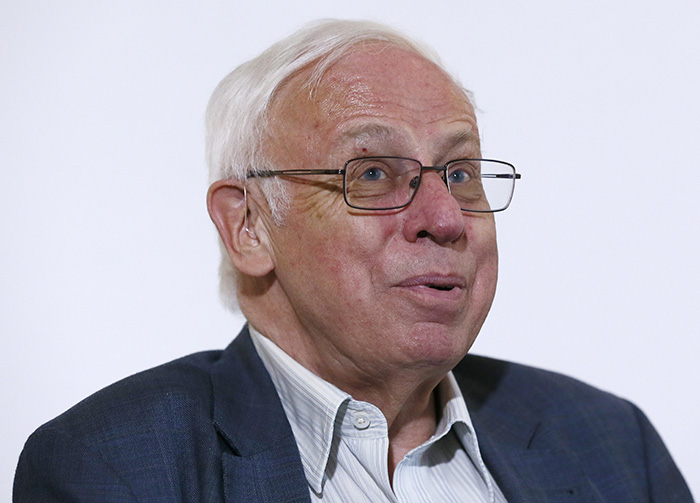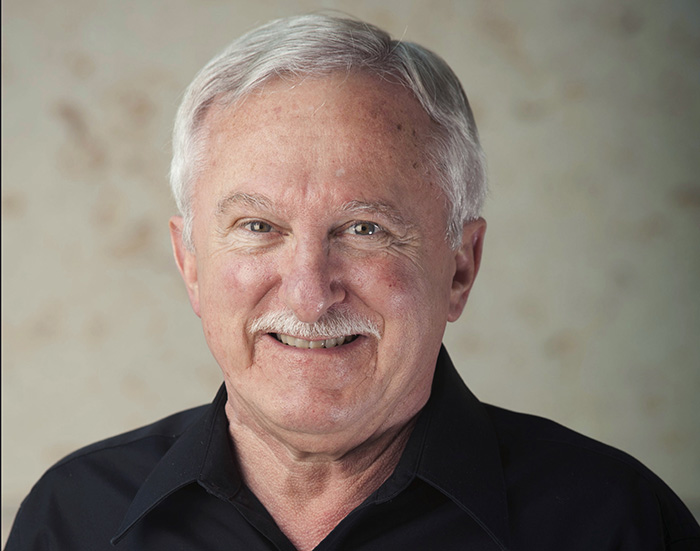STOCKHOLM – Three scientists from Sweden, the U.S. and Turkey won the Nobel Prize in chemistry on Wednesday for showing how cells repair damaged DNA, work that’s inspired the development of new cancer treatments.
Swedish scientist Tomas Lindahl, American Paul Modrich and U.S.-Turkish national Aziz Sancar shared the 8 million Swedish kronor (about $960,000) award for research done in the 1970s and ’80s.
The Royal Swedish Academy of Sciences said their work on DNA repair had provided “fundamental knowledge” about how cells function and shed light on the mechanisms behind both cancer and aging.
Lindahl, 77, is an emeritus group leader at Francis Crick Institute and Emeritus director of Cancer Research UK at Clare Hall Laboratory in Britain.
Modrich, born in 1946, is an investigator at Howard Hughes Medical Institute and professor at Duke University School of Medicine in Durham, North Carolina.
Sancar, 69, is a professor at the University of North Carolina School of Medicine in Chapel Hill, North Carolina. He is the second Turk to win a Nobel Prize after novelist Orhan Pamuk was awarded the literature prize in 2006.
The laureates broke new ground by mapping and explaining how a cell safeguards its DNA – the molecule that contains our genes. Our DNA is constantly under assault from ultraviolet rays from the sun and carcinogenic substances.
But it was thought to be a stable molecule until the 1970s when Lindahl showed that it decays at a rate that seemed incompatible with human life.
He realized that there must a repair mechanism, opening a new field of research, the academy said.
Niels de Wind, a geneticist at Leiden University Medical Center in the Netherlands and an expert in DNA repair, says the amount of damage caused to our DNA each day is astounding – an estimated 50,000 lesions per cell, per day.
“All of these lesions have to be repaired … if they are not repaired, they will cause cancer and aging,” de Wind said.
De Wind said Sancar examined how damage caused by smoke and ultraviolet light are repaired by cells; Modrich revealed how cells correct the errors caused when they double their DNA prior to cell division; and Lindahl showed how breathing oxygen degrades DNA and how this damage can be repaired.
De Wind says “as long as we breathe, we use oxygen and that rips our DNA. It’s like the rusting of iron. That knowledge basically stems from the work of Tomas Lindahl.”
Researchers are now looking at ways to destroy the repair mechanisms within the cancer cells to kill them, academy member Peter Brzezinski said.
The academy highlighted one such drug that’s already on the market: olaparib, which is used to fight ovarian cancer.
Send questions/comments to the editors.




Success. Please wait for the page to reload. If the page does not reload within 5 seconds, please refresh the page.
Enter your email and password to access comments.
Hi, to comment on stories you must . This profile is in addition to your subscription and website login.
Already have a commenting profile? .
Invalid username/password.
Please check your email to confirm and complete your registration.
Only subscribers are eligible to post comments. Please subscribe or login first for digital access. Here’s why.
Use the form below to reset your password. When you've submitted your account email, we will send an email with a reset code.